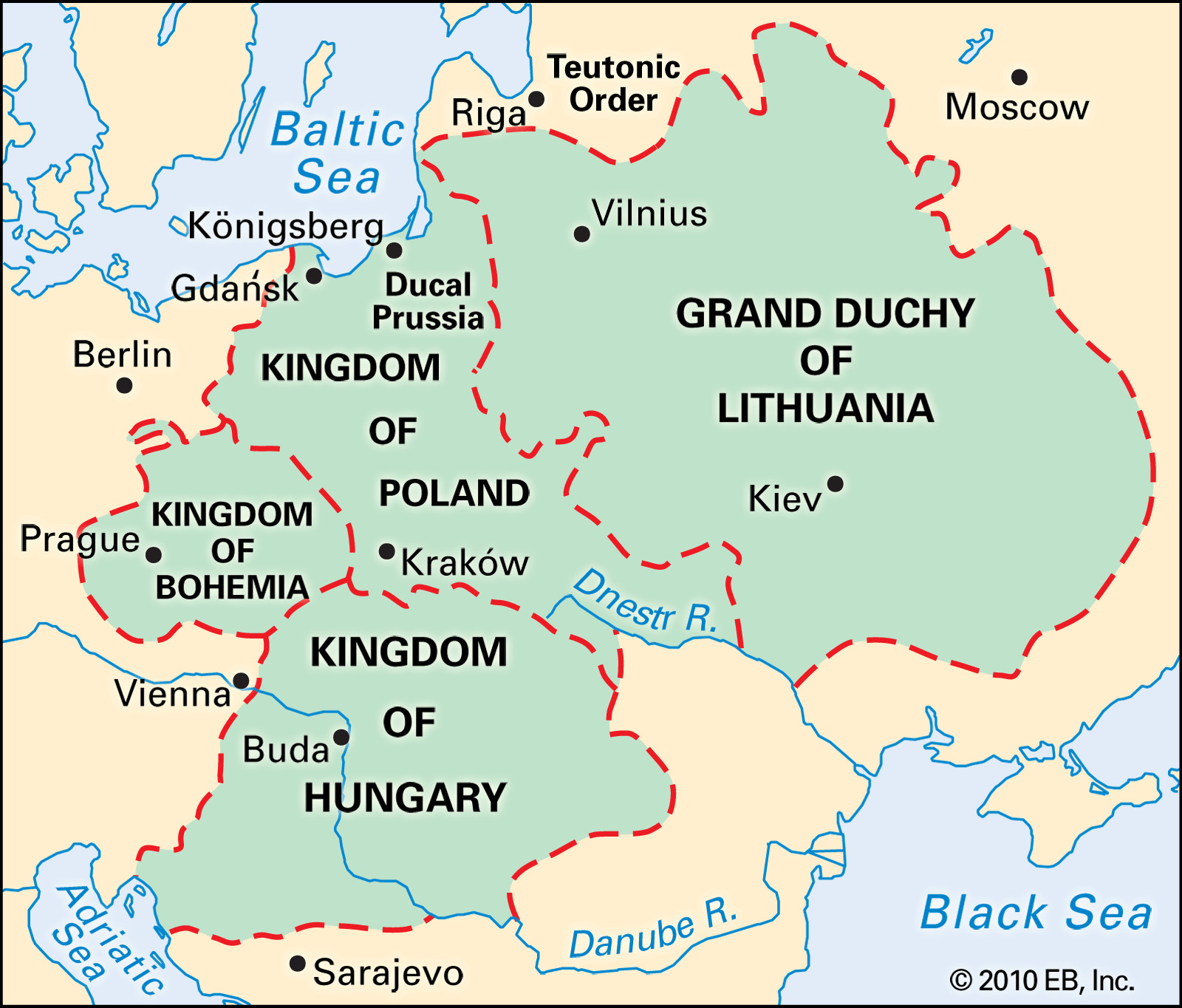Bohemia, a name that echoes through the annals of European history, often evokes images of medieval kingdoms and cultural vibrancy. But Where Is Bohemia exactly? In modern terms, Bohemia is not a country but a historical region largely situated within the present-day Czech Republic. Historically, this kingdom played a pivotal role in Central Europe, shaping the continent’s political, religious, and cultural landscape for centuries. Understanding Bohemia means delving into its rich past and recognizing its enduring legacy in the heart of Europe.
Historically, Bohemia’s geographical boundaries were clearly defined. It was bordered to the south by Austria, to the west by Bavaria (now part of Germany), to the north by Saxony and Lusatia (regions spanning modern Germany and Poland), to the northeast by Silesia (now mainly in Poland), and to the east by Moravia (another historical region within the Czech Republic). These borders positioned Bohemia strategically in the very center of Europe, making it a crucial crossroads for trade, migration, and cultural exchange. Over time, Bohemia was a key component of larger empires and states, including the Holy Roman Empire, the Austrian Empire, and Czechoslovakia, before ultimately becoming a significant part of the Czech Republic.
The name “Bohemia” itself traces back to the Boii, a Celtic people who inhabited the region in ancient times. However, by the 5th and 6th centuries, Slavic Czechs had firmly established themselves in the area, laying the foundation for the future Bohemian identity. In the late 9th century, Bohemia experienced a brief period of subordination to Greater Moravia. It was during this time that Christianity began to take root in Bohemia, introduced by Saints Cyril and Methodius who came from Moravia. By the 10th century, Bohemia was Christianized and unified under the Přemyslid dynasty, a line of princes who would shape Bohemia’s destiny for centuries to come. Despite gradually falling under the influence of the Holy Roman Empire, the Přemyslids skillfully integrated Moravia with Bohemia, forging a robust and influential kingdom.
The Přemyslid dynasty elevated Bohemia to a hereditary kingdom within the Holy Roman Empire. Prince Vratislav II was the first to receive the title of King of Bohemia, a personal honor granted by the Holy Roman Emperor. In 1198, Otakar I, a prominent Přemyslid ruler, secured the hereditary kingship, firmly establishing Bohemia’s status as a kingdom. Under Otakar II, Bohemia reached its zenith of power and prosperity. He expanded Bohemian control into parts of Austria and engaged in territorial conflicts with Hungary, extending Bohemia’s reach towards the Adriatic Sea. However, this expansion was curtailed after Otakar II’s death in 1278, and Bohemia’s influence waned. The Přemyslid dynasty itself ended in 1306, marking a turning point in Bohemian history.
In 1310, the Luxembourg dynasty ascended to the Bohemian throne, ushering in a new era. By the close of the 14th century, the Kingdom of Bohemia encompassed not only Bohemia itself but also Moravia, Silesia, and Upper and Lower Lusatia. Charles of Luxembourg, King of Bohemia, became Holy Roman Emperor Charles IV in 1355. His reign is particularly remembered for the founding of the University of Prague in 1348, one of the oldest universities in Europe, and for his significant expansion and beautification of Prague. Charles IV transformed Prague into the capital of the Holy Roman Empire, making it a major European center for intellectual and artistic endeavors.
The early 15th century saw Bohemia embroiled in religious upheaval. Disputes arose between Roman Catholics and the followers of Jan Hus, a Bohemian religious reformer. Hus, deemed a heretic, was burned at the stake in 1415. The ensuing Hussite Wars pitted Bohemian Hussites against Roman Catholics from both within Bohemia and neighboring Germany. These conflicts continued until 1436, when agreements were reached granting religious freedoms to the more moderate Hussites, known as Utraquists, and diminishing the authority of the Roman Catholic Church in Bohemia.
 Areas controlled by the Jagiellon dynasty, illustrating the political landscape of Bohemia and Central Europe during their reign.
Areas controlled by the Jagiellon dynasty, illustrating the political landscape of Bohemia and Central Europe during their reign.
The Luxembourg dynasty’s rule ended in 1437, leading to succession disputes that empowered the Bohemian nobility at the expense of the monarchy, townspeople, and peasants. Many peasants were reduced to serfdom, losing significant freedoms. From 1471 to 1526, the Jagiellon dynasty ruled Bohemia with limited effectiveness. In 1526, Habsburg Archduke Ferdinand I of Austria claimed the Bohemian throne, initiating Habsburg rule over Bohemia. Initially, Ferdinand I adopted a moderate approach to religious matters, but eventually, conflicts with Protestant factions became unavoidable, a pattern that continued under his successors.
Culminating in 1618, tensions between Protestants and Roman Catholics ignited a Protestant revolt against the Habsburgs. The Battle of White Mountain in 1620 marked a decisive victory for the Roman Catholic imperial forces against the Bohemian Protestants. Emperor Ferdinand II used this victory to reassert Habsburg control over Bohemia, ending its status as a kingdom and subjecting it to absolutist Habsburg rule. Protestantism was suppressed, and the population was largely re-Catholicized. Over time, Bohemia was further integrated into the Austrian Empire, losing Lusatia in 1635 and Silesia in the mid-18th century. This Austrian dominance persisted until the early 20th century.
Under Habsburg rule, Czech nationalism faced suppression, with German becoming the language of instruction in schools and universities. However, following an unsuccessful Czech revolt in 1848, serfdom was abolished, and economic power began to shift from the aristocracy to the middle class. Czechs continued to advocate for greater autonomy within the Austro-Hungarian Empire. The Slovaks, ethnically related to the Czechs, also opposed Habsburg rule. In the aftermath of World War I, Czechs and Slovaks joined forces in 1918 to create Czechoslovakia, with Bohemia becoming its westernmost province and industrial heartland.
The presence of a significant German-speaking population in western Bohemia, known as Sudeten Germans, provided Nazi Germany with a pretext to occupy Czechoslovakia after the Munich Agreement in 1938. Bohemia, along with Moravia, became a German protectorate until the Czechoslovak state was restored by the Allied victory in 1945 at the end of World War II. From 1945 to 1949, Bohemia was again the westernmost province of Czechoslovakia. In 1949, Czechoslovakia’s administrative structure was reorganized, replacing provinces with smaller districts, effectively ending Bohemia’s long administrative existence.
In 1993, Czechoslovakia peacefully dissolved into the Czech Republic and Slovakia, an event known as the Velvet Divorce. Bohemia became the central and western regions of the newly formed Czech Republic. So, to definitively answer where is Bohemia, it is geographically located in the western and central parts of the Czech Republic, remaining a region of immense historical and cultural importance within Central Europe.

